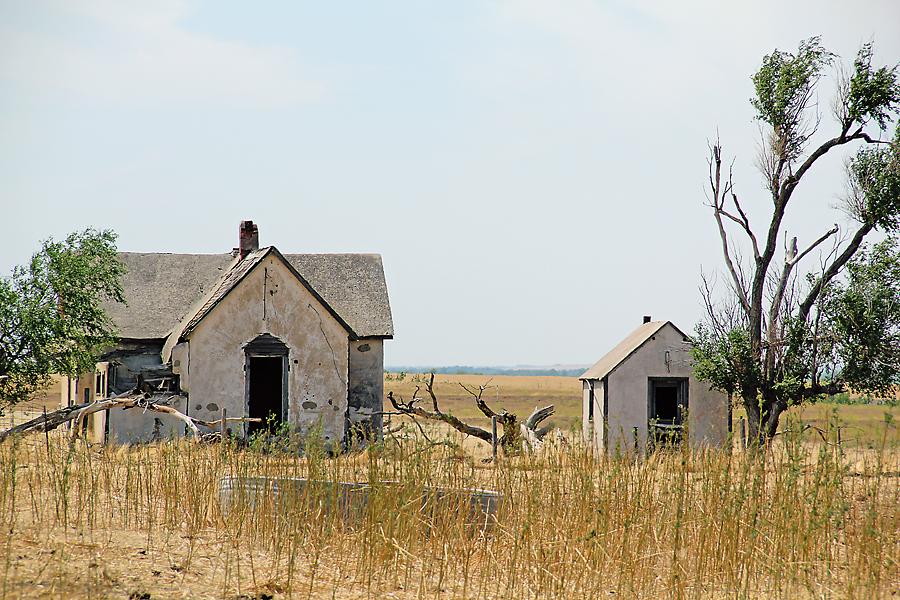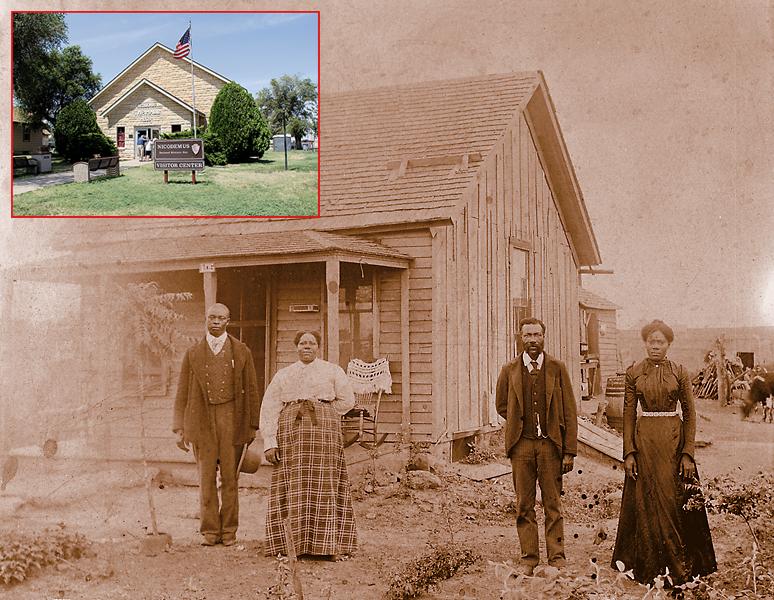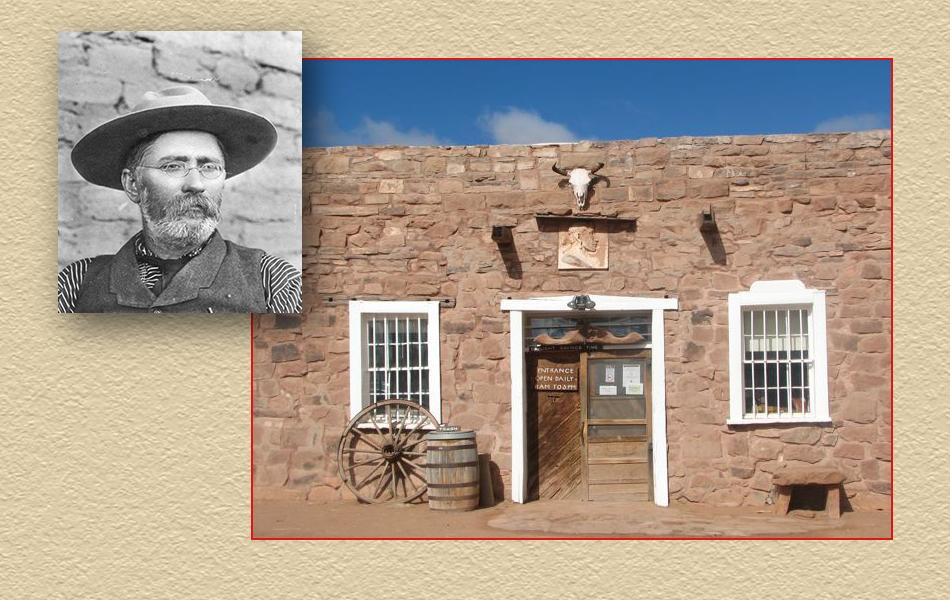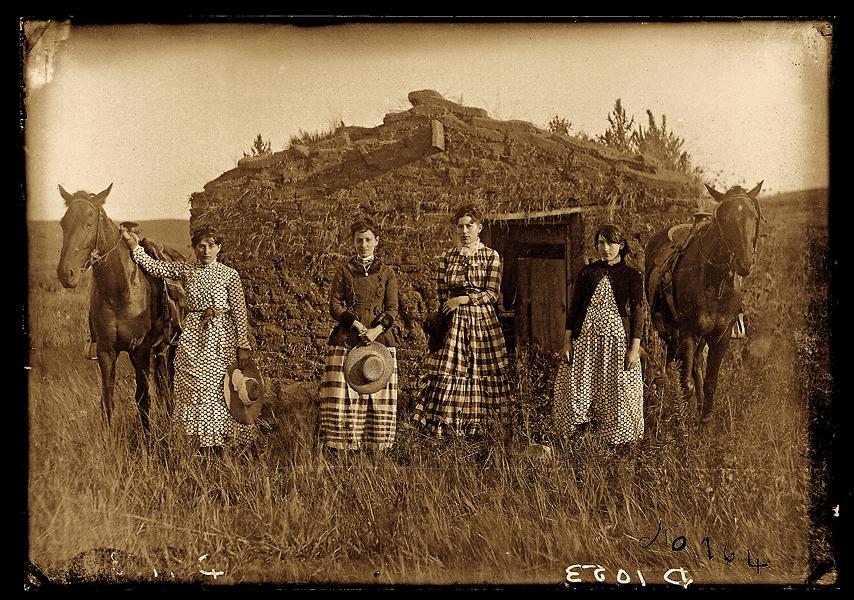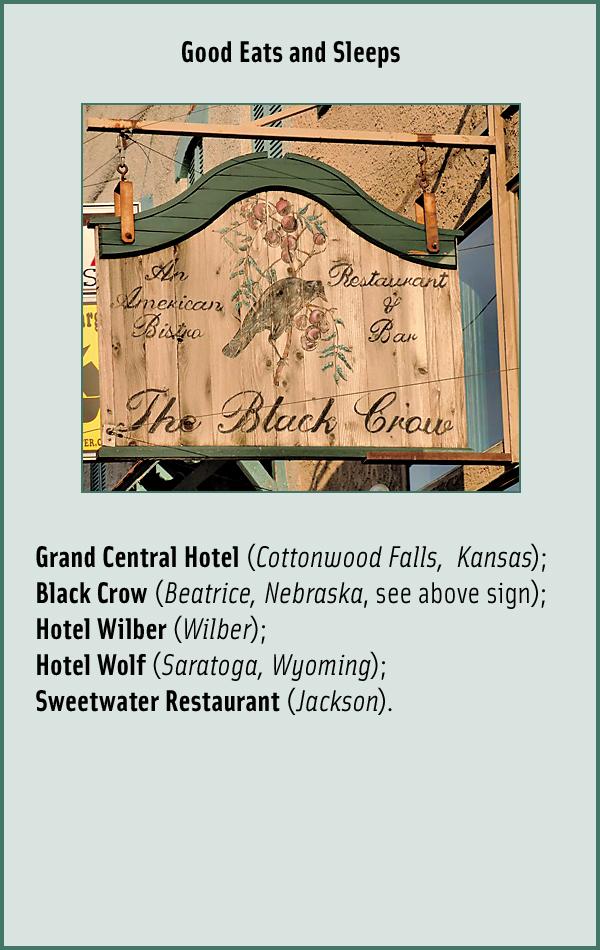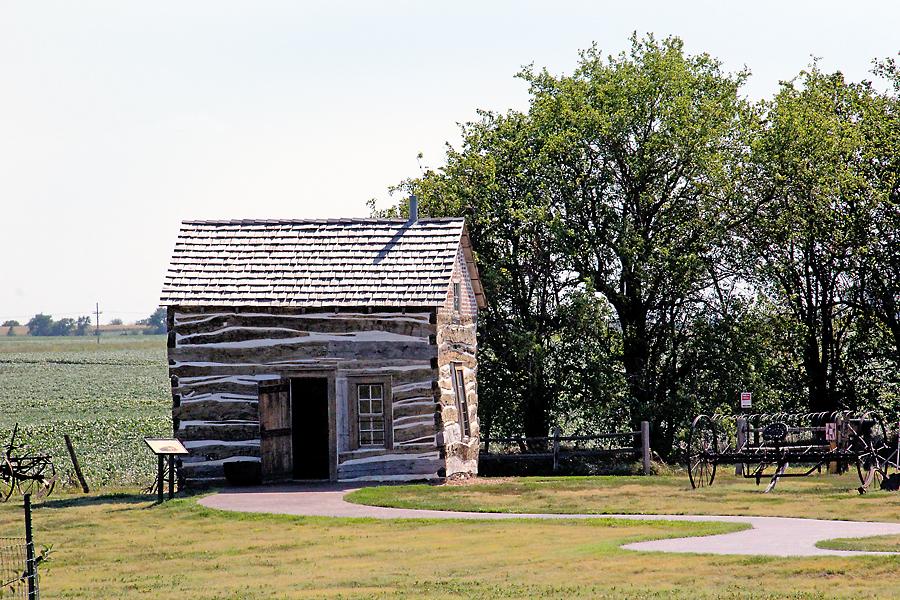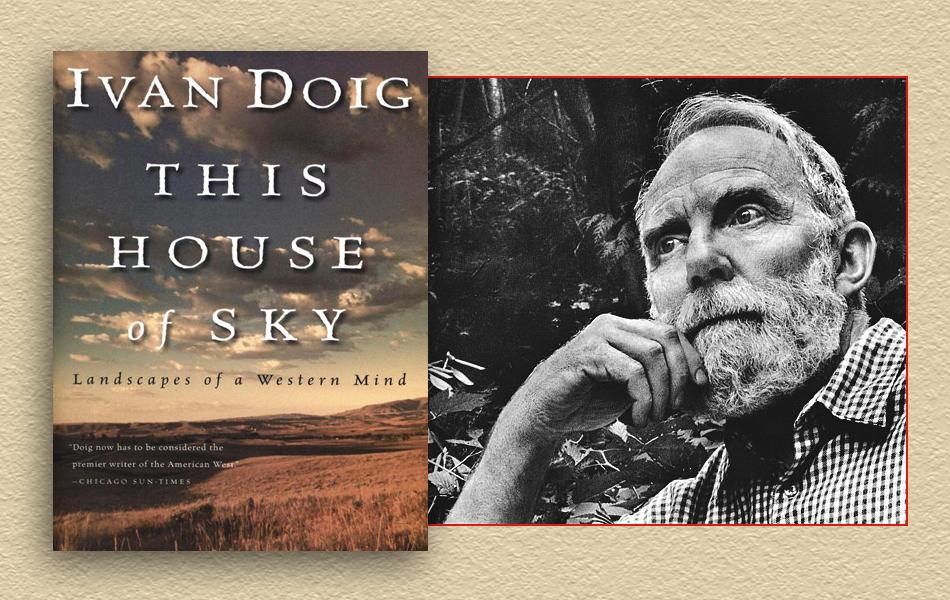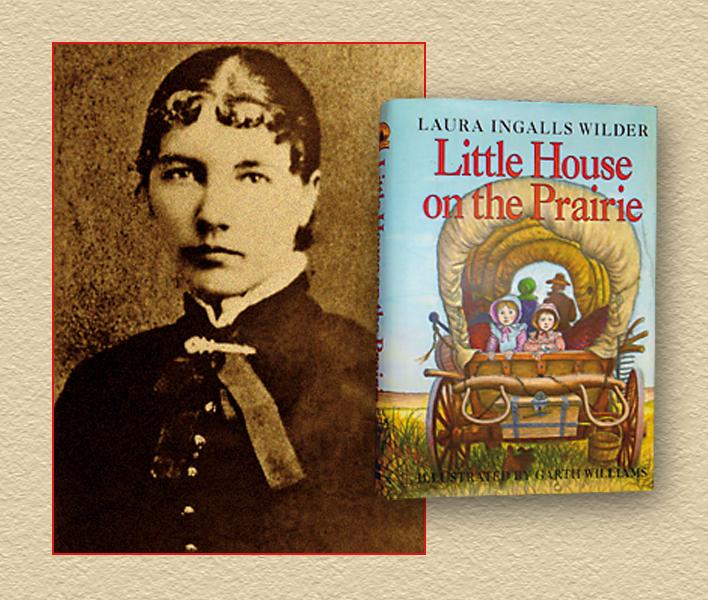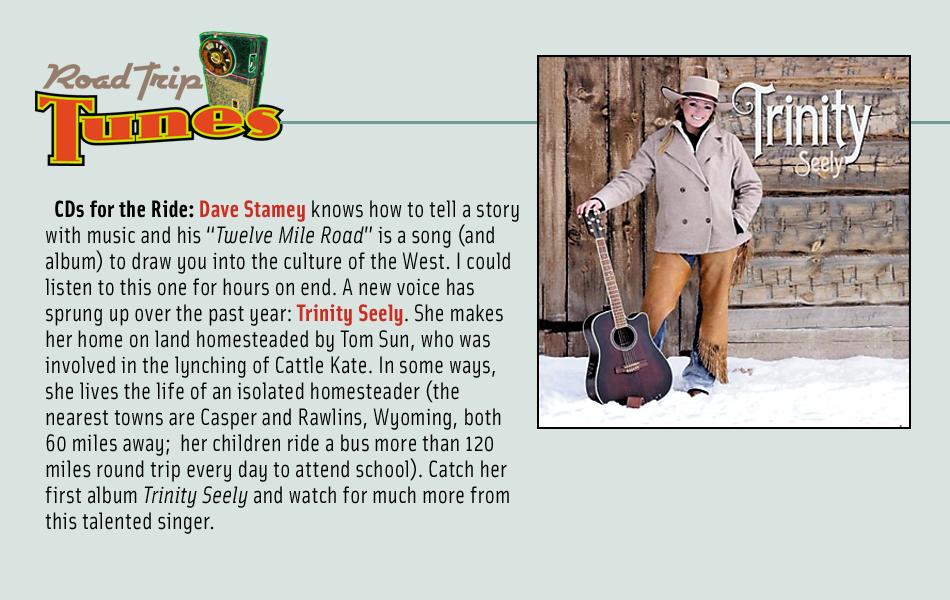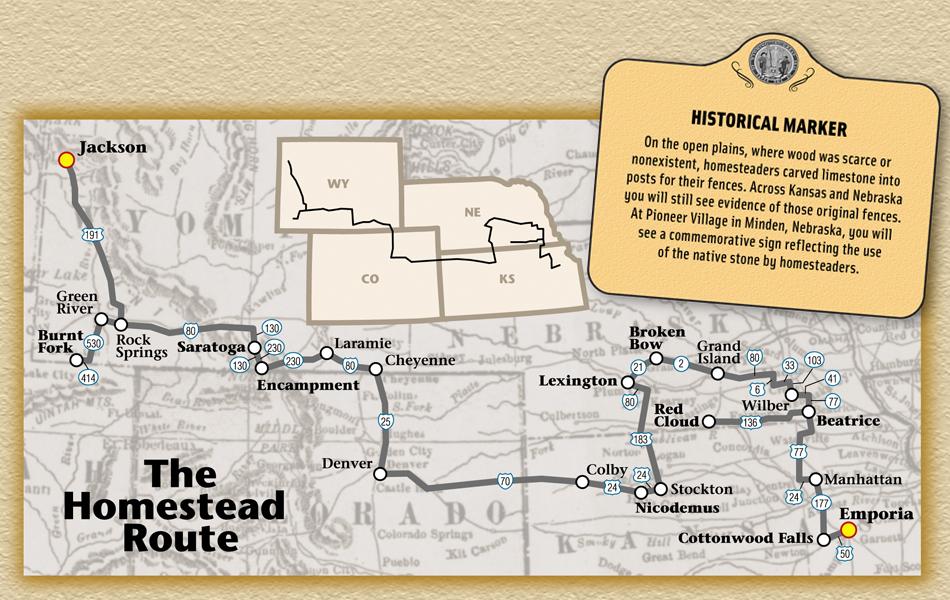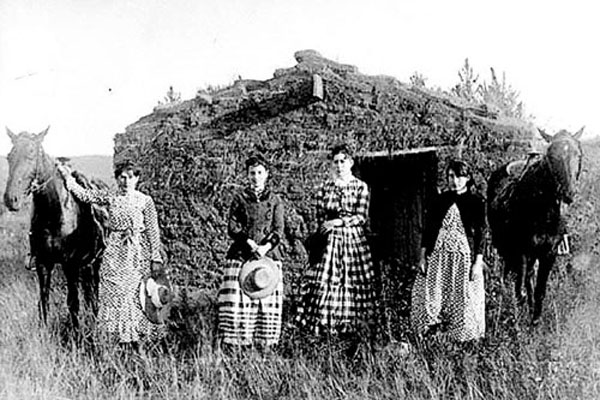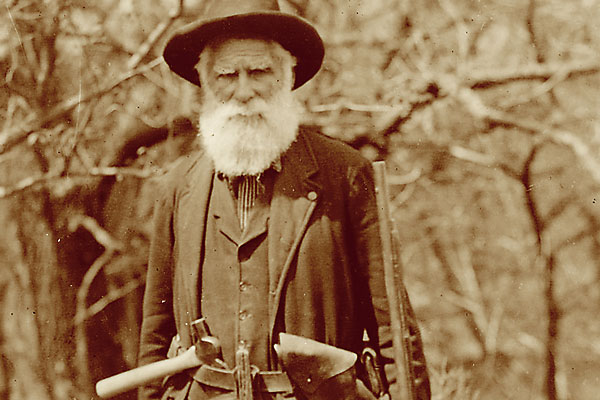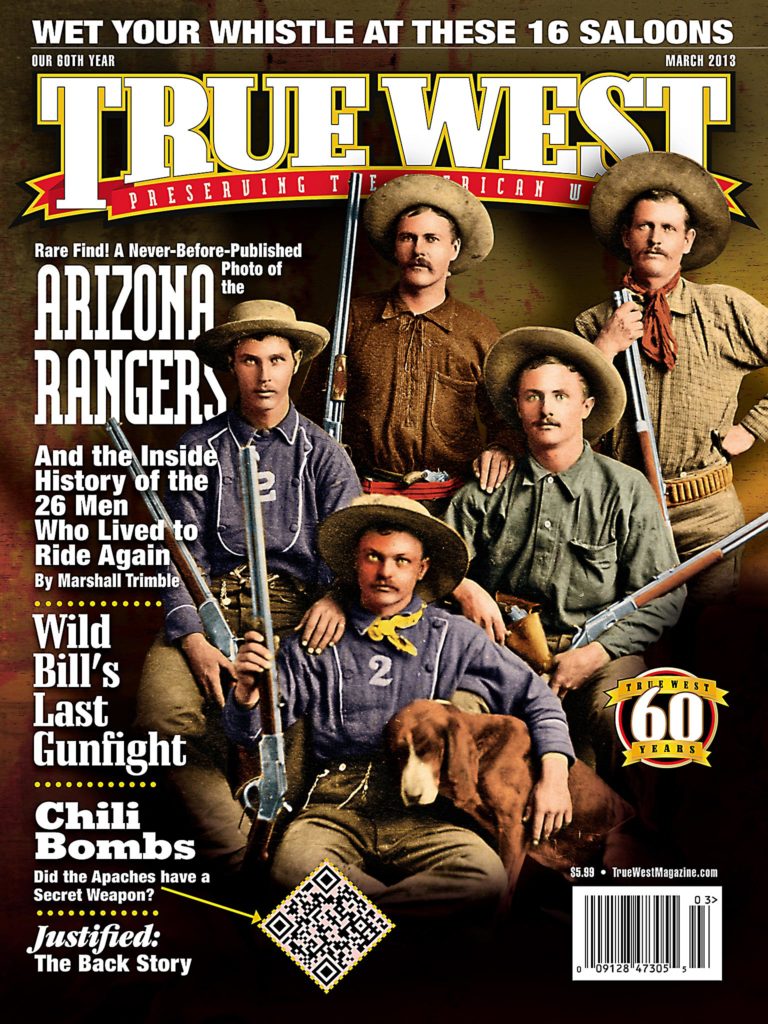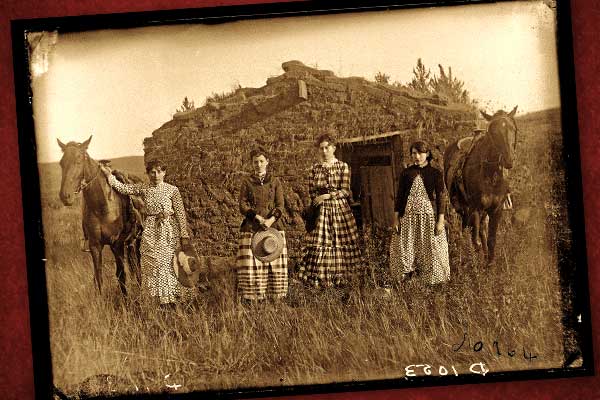 When my grand-mother arrived in Wyoming in March 1903 and moved into the two-room cabin her first husband had built, she must have believed her life in the American West would be better than what she would have found in her homeland.
When my grand-mother arrived in Wyoming in March 1903 and moved into the two-room cabin her first husband had built, she must have believed her life in the American West would be better than what she would have found in her homeland.
Certainly they had more land on his homestead than they could have imagined in Bruges and the surrounding countryside of northern Belgium. In 1893, Peter Verplancke had been the first of the Belgian immigrants to claim land along Antelope Creek, in southern Wyoming.
Peter grubbed sagebrush so he could begin raising hay and grain. With neighbors, he hand-dug irrigation ditches and built reservoirs to store water. When Emma Vermeersch came with him to the homestead southeast of then-booming Grand Encampment, she was 21 years old. She had skills honed in her native land that would serve her well: she knew how to raise a garden and turn cabbage into kraut. She could make Belgian bobbin lace and render a hog. She could kill and dress chickens, and make dresses for her daughters.
Even though her life on the homestead began 30 years after the first homestead was claimed in America, she faced some of the same issues as earlier settlers: isolation, hard work and, in her case, difficulty mastering the language of her new home. After Peter was killed in a horse accident, she successfully claimed her own homestead and ultimately married my grandfather, Charles Vyvey.
For my grandmother, the American Homestead Act provided opportunity, just as it had for 1.6 million others who claimed more than 270 million acres out west.
Application No. 1
With the Homestead Act going into effect on January 1, 1863, Daniel Freeman located a piece of land along Cub Creek, not far from Beatrice, Nebraska. Shortly after midnight on the first day homestead filings were allowed, Freeman was in Brownville, where he convinced the registrar to open the land office, enabling Freeman to file his claim—Certificate No. 1, Application No. 1, for that land office.
More than 400 other men filed for homesteads that day in other land offices, and their certificates may also state Application No. 1, but Freeman’s claim in Beatrice is promoted as the first in the nation because it has become the Homestead National Monument of America, and that is where I’m beginning this homestead road trip.
The interpretive center at Homestead National Monument shares the story of the people who claimed land under the 1863 Homestead Act, signed into law by President Abraham Lincoln. Its exhibits reveal how this federal act transformed the American West landscape.
The homestead law was open to anyone who met basic and progressive requirements, including women, most (but not all) immigrants and, beginning in 1868, blacks. These folks founded homesteads in 30 states.
At the monument, I walked the land and saw buildings once owned by the Freeman family; one cabin has been moved from its original location to asite a few dozen yards from the interpretive center. Both locations provide expansive views of the land Freeman claimed.
Willa Cather, internationally known for her novels, settled on a Nebraska homestead in 1883. Her family found their life so challenging, her father gave up the homestead and moved into the town of Red Cloud. Those formative years would inspire Cather to write My Antonia, O Pioneers!, The Song of the Lark and other novels.
The Cather homestead and land around Red Cloud, like the Freeman claim farther north, is part of the tallgrass prairie, where grass can grow taller than a man’s head, providing rich nourishment to livestock.
Not all land available under the Homestead Act featured tallgrass. Shortgrass prairies, the high plains and even mountain country attracted homesteaders who utilized the provisions of the original act and subsequent provisions that provided for land if trees were planted (Timber Culture Act of 1873) or if land was reclaimed through water development (Desert Land Act of 1877).
This era in our history has inspired countless writers. The isolation is often a theme for novelists such as Glendon Swarthout, who drew from true stories of women gone mad while homesteading in Nebraska to create The Homesman, a powerful, award-winning novel now in pre-production for a movie expected to star Tommy Lee Jones, Meryl Streep and Hilary Swank.
Land of Opportunity
I want to see homestead land, not movies, so from Beatrice, I head northwest across Nebraska into Sandhills Country.
To gain title, homesteaders had to live on the land for five years and make certain improvements, including building a home. Like men age 21 and older, single women also responded to the call of free land. Because regulations defined the head of household as the husband, women—unlike men—were forced to forestall marriage for five years if they wished their land titled to themselves, but this did not deter many women who were determined to strike out on their own or, more often, to support their fathers and brothers.
Cases in point are the Chrisman sisters, who came to live in Custer County in the heart of the Sandhills near Broken Bow. Their father and brothers already had homesteads. In 1887, Lizzie became the first of the girls to file a claim near her male relatives. Sister Lutie filed her claim the following year. Although both built homes, they took turns living with each other so they could fulfill the residence requirements without being alone. Younger sisters, Hattie and Jennie Ruth, had to wait until they came of age to file. While Hattie did claim land, the nearby property was all taken before youngest sister Jennie could homestead.
The homes built across these plains may not have been the log or wood houses envisioned by Lincoln, but many homesteaders, unable to find adequate wood in a land of few, if any, trees, satisfied the letter of the law (to build a cabin and live in it) by constructing buildings using Nebraska marble—prairie sod. Those who prospered ultimately constructed homes of wood; others abandoned their claims and allowed the sod to return to the prairie.
After the Civil War, thousands of former slaves migrated west, taking advantage of the free land. Benjamin “Pap” Singleton organized colonies of black settlers in Kansas, encouraging hundreds of people to relocate to Dunlap Colony and Singleton Colony at the edge of the Flint Hills near Emporia. Other blacks settled much farther west, forming Nicodemus, a town that remains the home of descendants of those earliest settlers.
Nicodemus today is a national historic site. Interpretation may be limited at the site’s National Park Service center, yet you can view the original community structures. Every July, a “Homecoming” reunion of the settler descendants takes place in Nicodemus.
Saving Grandma’s Cabin
From Kansas and Nebraska, I head west, back home to Encampment, Wyoming, where work continues—quite slowly—on restoring my Grandma’s homestead cabin. I wrote about this in True West five years ago. “Saving Grandma’s Cabin” has become more than just the restoration of an 1890s two-room cabin. It is enclosed now, with roof and shake shingles, door, a new porch and windows; we still have chinking to do to make it “airtight.” But Grandma’s cabin has become the impetus to do more in my community.
The moving and restoration of the cabin was undertaken by my husband Steve and I, along with my sister and brother-in-law Penny and Bill Walters. We did the work under our jokingly-derived construction company of WAMO (for the first letters of our last names), and often said it was Wham! Oh! Construction.
We now run WAMO as a nonprofit that provides the community with meals and school supplies, and preserves local history. To dedicate this work to our grandmother, whose Wyoming homestead is where my sister and I learned the value of hard work and the joy of family and community, gives us the determination to carry on the stories.
Wyoming Homesteads
From Grandma’s cabin, I head west to Burnt Fork, near where Elenor Pruitt Stewart claimed her land.
With her young daughter, Jerrine, Elenor left Denver, Colorado, and traveled to Burnt Fork in the early 1900s to work for Clyde Stewart, whose first wife had died. She ultimately claimed a homestead adjacent to Stewart’s. Elenor did end up marrying Stewart, but, in her letters to a friend in Denver, she insisted she was doing the work and paying the costs to prove up her own homestead.
Her series of letters became the book Letters of a Woman Homesteader, which inspired the 1979 film Heartland. “…any woman who can stand her own company, can see the beauty of the sunset, loves growing things, and is willing to put in as much time at careful labor as she does over the washtub, will certainly succeed; will have independence, plenty to eat all the time, and a home of her own in
the end,” she wrote in a letter dated January 23, 1913.
Because homesteading was the foundation for most of the West over a 70-year period, it is the bedrock of historical collections in large and small museums across the region. My route has taken me to some of them: Lyon County Historical Museum in Emporia, Kansas; Chase County Historical Society Museum and Library in Cottonwood Falls; Wilber Czech Museum in Wilber, Nebraska; Dawson County Historical Museum in Lexington; Saratoga Historical & Cultural Center in Saratoga, Wyoming; Sweetwater County Historical Museum in Green River; and the Jackson Hole Historical Society and Museum in Jackson.
I’ve saved what is one of the most recognized homestead landmarks for last: the Mormon Row area of Jackson Hole. Settled mostly by Mormons beginning in 1896, this homesteaded land provided decent, but not exceptionally prosperous lives for families.
They established the community of Grovont, with a post office, church and school. They built widely-photographed homes and barns recognized around the world because of their location north of Blacktail Butte, with a backdrop of the Teton mountain range.
When efforts began in the 1920s to establish a national monument in that region, some homesteaders who had land sold out. Others held on, but they eventually relinquished their homesteads to Nelson Rockefeller. In 1949, Rockefeller relinquished the title to that land; the next year, Congress incorporated Rockefeller’s land and Jackson Hole National Monument into the Grand Teton National Park.
Some homesteaders on Mormon Row, including Steve’s grandfather Thomas Alma Moulton, held on for a few more years. Ultimately, Thomas also sold out 159 acres of the 160-acre parcel he had claimed more than half a century earlier.
He gave the one acre not relinquished as a wedding gift to his son Clark. Today, it is owned by Thomas’s great-grandson Hal Blake, who allows visitors to stay for a few nights in his grandfather’s cabins. Some of these cabins, including the granary and the bunkhouse, are from the original homestead.
Like the Daniel Freeman homestead, the T.A. Moulton homestead, with its iconic barn, is preserved in the National Park system. Once again, it is land held for all Americans.
I urge you to go visit the Freeman homestead in Nebraska and the Moulton homestead in Wyoming. Walk the ground and take to heart the work and struggle, the joy and opportunity that the Homestead Act brought to our nation.
As a young girl Candy Vyvey Moulton would climb to the sod roof of her grandmother’s homestead and dig out wild onions to eat. No doubt that nutrition led her to become a road warrior, where the stories are more important than the food.
Photo Gallery
– Nicodemus photo courtesy Library of Congress –
– Courtesy Library of Congress –


